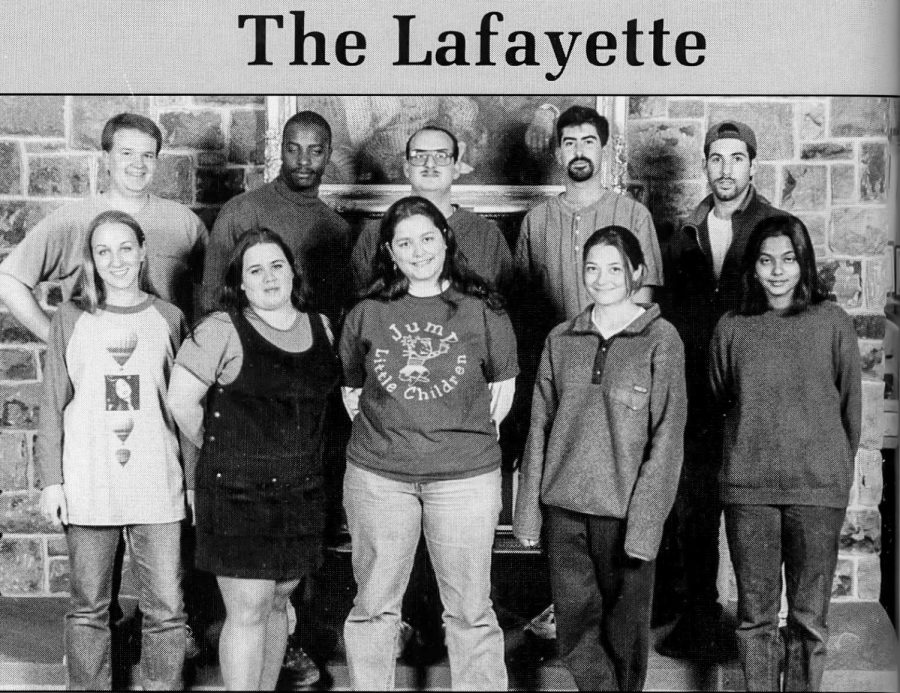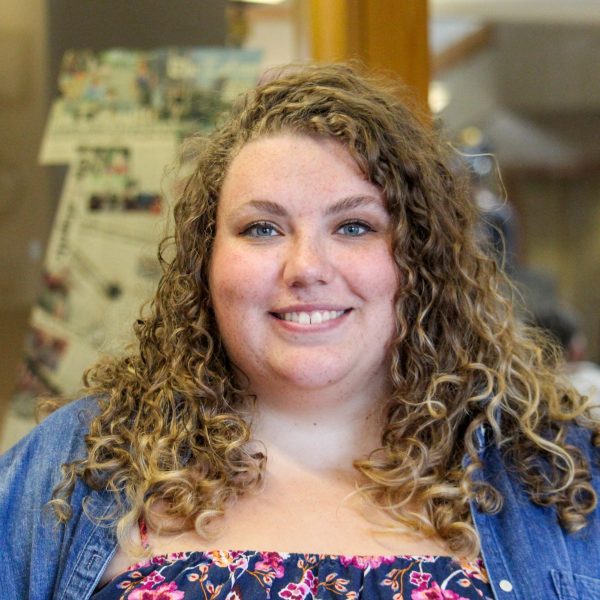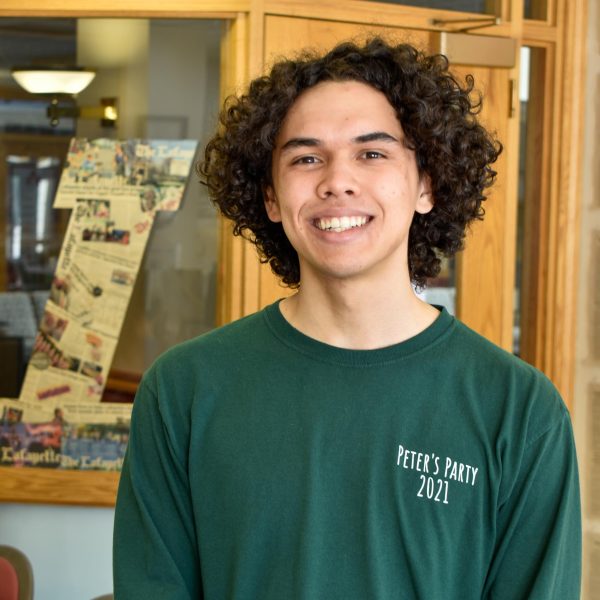As Pennsylvania’s oldest college newspaper, the content and form of The Lafayette have always been in flux. From its 1870s roots as a monthly publication by the senior class to the introduction of color printing in 2005, both the purpose and the appearance of the newspaper sections have evolved. This week, as the Arts & Culture section is renamed simply to Culture, The Lafayette is looking at the history of its arts coverage.
The Lafayette began in part as a literary magazine with submissions from both students and faculty.
“The greater portion of the reading matter will consist of articles on religion, politics, literature, science, and art. The editorial committee will spare no effort in obtaining the best articles that can be had,” an editorial in the first issue of The Lafayette Monthly, published on Sept. 1, 1870, read.
Five years later, the publication would change its name to The Lafayette Journal, where, according to “The Biography of a College,” “literary interests [were] predominating.” When the publication was renamed to simply The Lafayette in 1884, its focus changed to news coverage.
The first instance of a specific section dedicated to covering the arts came in 1990 when the Arts & Entertainment section was born.
According to Dave Block ‘93, co-editor-in-chief at the time of the section’s introduction, the change was made with the intention of providing a dedicated, consistent space for coverage of the arts. “Before my time as editor, [The Lafayette] certainly made a commitment to covering the arts, but I noticed it was just lumped in with other content,” Block said.
Coverage ranged from arts-related events on campus to relevant pop culture releases of the time in an attempt to garner the interest of the student body. “It was just that mix of the art that you’d find on campus and then what was out there in the popular art slash entertainment world,” Block said.
The title of the section changed to Arts in 1995 before reverting back to the original Arts & Entertainment under the tenure of section editor Shayne Figueroa ‘99 in 1997.
The shift back was Figueroa’s attempt to close the gap between what she described as “highbrow” and “lowbrow” forms of entertainment.
“Part of the reason why I changed the title to Entertainment was to reflect that, okay, we can write about things that are part of our everyday life and are fun and entertaining — no pun intended there,” Figueroa said. “It doesn’t have to all be, you know, Shakespeare. And certainly, we will cover when they do those kinds of plays and stuff, but we can have a broader perspective of what entertains us and what is culturally sustainable within the college.”
Thus, along with the nominal change came an expansion of what type of material fit into the section.
After another four-year stint under the name Arts from 2010 to 2014, the section morphed into the more familiar Arts & Culture, a name that remained until this issue. Once again, according to Matt Mitterhoff ‘16, editor-in-chief at the time of the change, the name change was meant to reflect a shift in what the section could cover.
“The college and the town of Easton organize many events — things like concerts, theatre, and author talks — that often get overlooked by the campus community,” Mitterhoff wrote in an email. “It’s important for the college’s paper of record to have a section, which is now more aptly named, reporting on those events.”
This reflects Figueroa’s vision for the newspaper in the late 1990s — one that could cover the wide range of events and cultural happenings that students found interesting.
This tradition continued with the tenure of inaugural Arts & Culture editor Anastasia Gayol Cintron ‘17. Around this time, many of the trends that currently exist in this section began to take shape in their current form, from restaurant reviews to editor-run columns. For Gayol Cintron, this change was all about the diversification of both writers and readers.
“It didn’t make sense to just limit it so much, so Arts & Culture made much more sense [than Arts] and I think we could then put in more articles about student life as well,” Gayol Cintron, who wrote the popular “Love Letters from Ana” column, said. “So it just gave us more opportunity to have writers who had very, very diverse interests, which I think was really cool.”
Aside from the convictions of the students in charge, the evolution of the section has also been shaped by the changing nature of the arts themselves on campus. According to Ida Sinkevic, professor and acting head of the art department, as the arts have grown, so has their coverage.
“I feel that there is more coverage, definitely in your paper. But I also feel that there’s more art programs running on campus as well,” Sinkevic said. “[The] arts program has really developed since I first joined Lafayette and I’m glad that the paper is covering the events on campus.”
Jorge Torres, professor and head of the music department, echoed Sinkevic’s sentiment. The recent creation of distinct departments for theater and film and media studies, as well as the creative writing concentration within the English department, means that the newspaper also has to evolve to keep up.
Moving forward, the newspaper seeks to highlight Lafayette’s culture, including the integral role that the arts play in it.
And so, what is Lafayette’s culture? Katie Frost ‘22, a former editor of the Arts & Culture section, has an idea.
“The culture of Lafayette is not just the culture that you see when you look at the website or walk through a dining hall,” Frost said. “It’s every student sitting in their dorm room, it’s every student group even if they have to be in some random room in Kirby Sports Center. It’s every performance group, and it’s also our community on College Hill – it’s all of our family restaurants and family-owned businesses.”
Frost continued, “Culture is the community and its voices.”








































































































